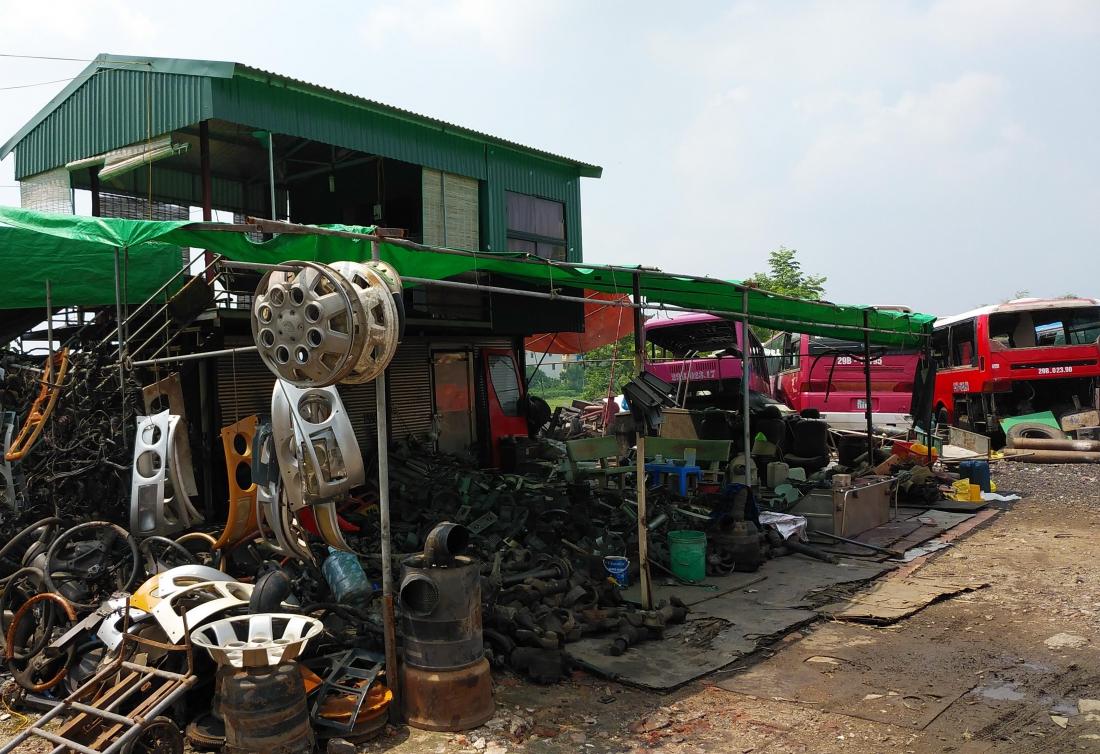End-of-life vehicle parts contain hazardous chemicals, including brominated and organophosphorous flame retardants
Researchers in Ehime University (Japan) investigated the contamination levels and composition profiles of halogenated and phosphorous flame retardants in settled dust from informal waste processing sites in Vietnam, and detected the emerging flame retardants organophosphate esters (OPEs) at higher concentrations than those of the legacy brominated flame retardants (BFRs) in the end-of-life vehicle (ELV) processing site. The findings were published in Environmental Pollution on October 1, 2022.
E-waste, or Waste Electrical and Electronic Equipment (WEEE), and ELVs are considered to be hazardous waste, as these waste materials contain a wide range of toxic substances, including heavy metals and organic contaminants such as flame retardants and insulating reagents. Informal waste recycling activities using primitive processing methods in lower income countries have become major emission sources of these toxic substances affecting the environment and nearby populations. Following previous findings by the same research group on high contamination levels of BFRs from flame retarded polymers and polychlorinated biphenyls (PCBs) from electrical capacitors in informal e-waste and ELV processing sites in Vietnam, a more comprehensive study was conducted at these sites to investigate the occurrence of a wider range of flame retardants including new BFRs, chlorinated flame retardants and OPEs. The contamination levels of flame retardants in the ELV processing site were found to be, in general, lower than those in the e-waste processing site. The composition profiles of flame retardants in the ELV site featured a distinctly higher contribution of chlorinated OPEs, possibly released from upholstery and fabrics in the vehicle interiors. These findings showed the need for further investigations on the application and emission of OPEs in automotive industry and ELV processing.
The study is part of a multi-year collaboration research project between Ehime University and University of Science (Vietnam National University, Hanoi), with contributions from National Institute for Environmental Studies (Japan).



